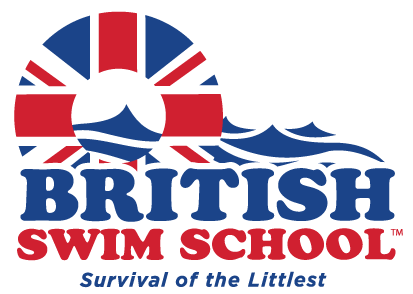Most news coverage about drowning is about pool drownings or in bodies of open water—oceans, rivers, lakes, and ponds. Statistics bear this out, showing that 87 percent of drowning fatalities for children under five occur in home pools or hot tubs.
While backyard pools and spas are obvious drowning hazards, multiple other items and areas around the home also present a drowning threat to young children. Ensure you’re aware of these potential home water safety hazards to keep your children safe.
Protecting Children in the Home
There’s a lot of messaging about the importance of providing constant adult supervision when children are at a pool or open body of water. The same messaging applies to water safety in the home. The key is awareness and supervision.
Young children can drown in as little as one inch of water! Unfortunately, that means several areas and items around your home may not be safe for children—bathtubs, toilets, sinks, empty tubs, buckets, and containers can all create a disastrous situation for small children.
Divided Attention
The home is not only full of possible water dangers, some obvious and some hidden; it’s also packed with things that divert parents’ attention. At home, life consists of household tasks like meal preparation, phone calls, answering the door, and tending to other children. Unfortunately, most toddler drowning deaths occur when parents’ attention is divided.
We often try to convince ourselves that we can multitask, although science clearly says humans cannot. It’s much harder to be in the present when we attempt to multitask. Water safety, at home and everywhere else, requires parents and adults not simply to be present but to keep an active eye on children doing activities near or in water—something we can’t do if we’re attempting to multitask.
Home Water Safety Hazards
The first step to protecting your children from water dangers in the home is to be aware of the possible dangers lurking in your home. Some are obvious; others are not. Children are drawn to water, which can be great fun, but they’re unaware that it can also be deadly.
It doesn’t take much water or time for tragedy to strike. Small children can easily drown when they lean forward to look into a bucket or open the toilet. Because the head is the heaviest part of a small child, it is easy to fall over into a container. Containers filled with liquid often weigh more than a small child, so they won’t necessarily tip over if a child falls in. A curious toddler can fall into a toilet, bucket, or fish tank. Consider taking these precautions:
Keep bathroom doors closed.
Unless an adult closely watches them, young children should be kept out of bathrooms. Teach everyone in the home to keep bathroom doors closed. Consider installing a hook-and-eye latch or doorknob cover outside the bathroom doors.
Supervise bath time.
Never leave a child alone in the bathtub or in the care of another child, even for a few seconds. Drain water from the tub immediately after use. Avoid using bath seats or rings, which your baby can easily slip out of and become trapped underwater. An adult must be within arm’s reach, providing touch supervision at all times.
Shut toilet lids.
At the very least, always shut toilet lids. In addition, consider installing childproof locks on lids.
Store buckets safely.
Always empty buckets and other containers immediately after use. Don’t leave them outside, where they might accumulate water.
Drain ice chests or coolers.
Ice chests with melted ice can also be a danger. Always drain ice chests immediately, close the lid, and, if possible, store them where young children can’t reach them.
Watch children around irrigation ditches, postholes, and wells.
Watch children closely when they are playing near wells, open postholes, or irrigation or drainage ditches. Fill in empty holes, or have fences installed to protect your children.
Supervise children around fishponds and fountains.
Curious children can fall into fishponds and tumble into fountains quickly and quietly. Practice the same water safety procedures you would use at a pool or open body of water.
Always cover hot tubs, spas, or whirlpools.
Use a rigid, lockable cover on hot tubs, spas, whirlpools, or fences on all four sides as you would for a swimming pool.
Learn CPR and know how to get emergency help.
Learn first aid and CPR. CPR saves millions of lives; if you do not know CPR techniques, you can inquire at the Red Cross, hospitals, and local fire departments that offer CPR training.
We Can All Prevent Drowning
Unintentional drowning is preventable. Request a free water safety presentation to share with your community, school, business, etc., to help educate everyone about drowning prevention. Learn more about drowning and prevention programs and use our Water Safety Checklist to keep children safe and avoid the pain of losing a child due to drowning. Together we can save lives and heartache.



